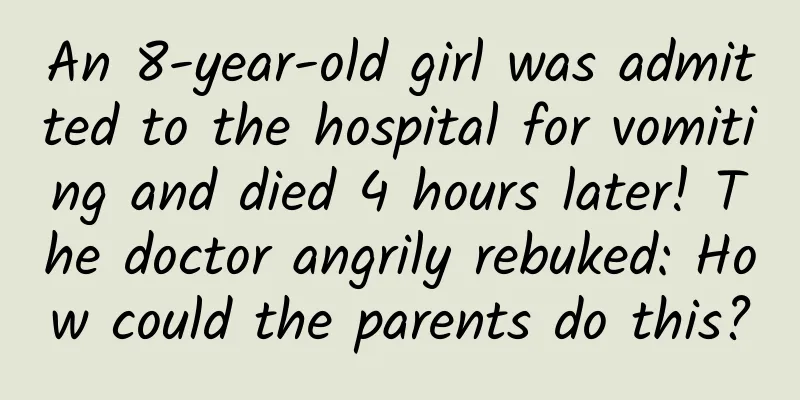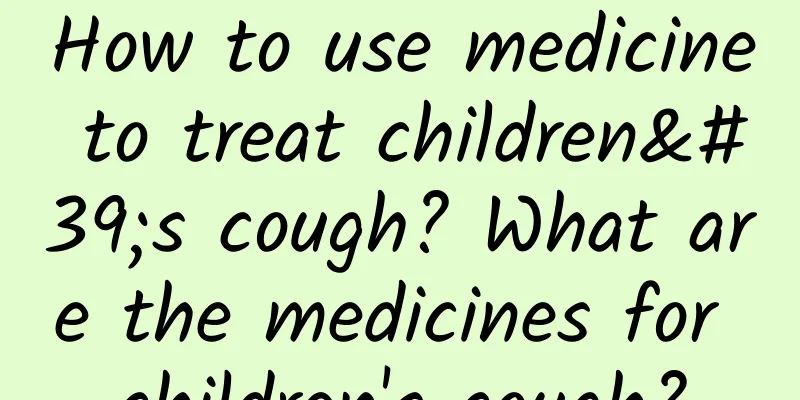How to treat baby's red buttocks?

|
When the baby is not crying or making a fuss, parents should change the baby's diaper every two to three hours. In addition, turning the baby over frequently and changing the position regularly are also convenient and effective ways to prevent and relieve diaper rash. If conditions permit, bathing the baby once a day and maintaining good hygiene can also prevent diaper rash. Parents should not neglect the care of their babies, and they also need to observe their babies' bottoms, especially if they have been using diapers, which can easily cause red bottoms. The professional term for red bottoms is diaper dermatitis, which is a dermatitis caused by diapers. Red bottoms mainly occur in infants between four weeks and one year old, and are more serious in babies between 7 and 9 months old. So, what should I do if my baby has a red bottom? 1. Change diapers frequently For babies with delicate skin, traditional cotton diapers are the best diapers. Because cotton diapers are not only soft and do not damage the baby's skin, but also very breathable, the baby will feel comfortable and satisfied, and will not cry or make a fuss. If it is for convenience, you should choose diapers that are soft, breathable, absorbent, and of the right size. If the baby is breastfed during the confinement period, he will defecate 2 to 5 times a day; if he is bottle-fed, he will defecate 1 to 2 times a day. The baby's anus has a weak ability to control defecation, and it is easy for the baby to have bowel movements while eating. There may be a little feces on each diaper. The baby's urine volume is small within one week after birth, and increases significantly after one week. By the full month, it can reach 350 ml/day to 450 ml/day. Parents should check the baby regularly to see if he has urinated or defecated, and change diapers in time. 2. Skin cleaning If conditions permit, give your baby a bath every day. Wash the buttocks with warm water after each urination and defecation, especially after each defecation, be sure to clean the anus and the skin around it with warm water. Be gentle, then wipe dry with a dry cotton cloth (avoid using baby wipes for a long time), and then change into a clean diaper. 3. Isolation protection Once the baby's bottom is red, it is not advisable to use soap, shower gel, etc. to wash, and the water temperature should not be too hot. When the room temperature is high, the baby's bottom can be completely exposed, and 20 minutes each time is appropriate. Parents can also extend the time of exposing the skin according to the degree of redness of the baby's bottom, the purpose is to keep the baby's bottom skin clean and dry. When the baby's bottom is red and accompanied by skin ulceration, even erosion, epidermal peeling, etc., in addition to keeping the local skin clean and dry, we should also pay attention to the use of physical and drug measures, and strengthen dietary care. Physical measures include local irradiation with infrared lamps or gooseneck lamps; drug measures include choosing appropriate ointments according to the different degrees of bottom redness, such as tannic acid ointment. |
Recommend
How to treat a child's severe night cough?
If a child has a severe cough at night, first of ...
Causes and treatment of convulsions in children
The causes of childhood convulsions include genet...
Does childhood pneumonia require bronchoscopy?
Does childhood pneumonia require bronchoscopy? Br...
How to care for children with indigestion and what foods can promote digestion
In many cases, we will let the baby's indiges...
What are the indicators of liver function for neonatal jaundice? What are the tests for neonatal jaundice?
Neonatal jaundice is a common neonatal disease in...
What foods are suitable for babies with indigestion symptoms?
Many mothers think that their babies don't wa...
What are the treatments for patent ductus arteriosus?
There are more and more diseases happening around...
Baby's viral pneumonia, low neutrophil count
Low granulocyte count in babies with viral pneumo...
What are the effects of neonatal jaundice on babies?
What impact does neonatal jaundice have on babies...
What are the symptoms of pneumonia in children?
Symptoms of pneumonia in children include fever, ...
Is there a high risk of transfusion for neonatal jaundice?
Is there a high risk of transfusion for neonatal ...
What medicine should children take for diarrhea and indigestion?
What medicine should children take for diarrhea a...
ADHD medication treatment
Drug therapy is one of the effective means of tre...
How to check for breast milk diarrhea
How to check if there is breast milk diarrhea? Al...
How to Treat Hand, Foot and Mouth Disease Herpes
How to treat hand, foot and mouth disease herpes?...









